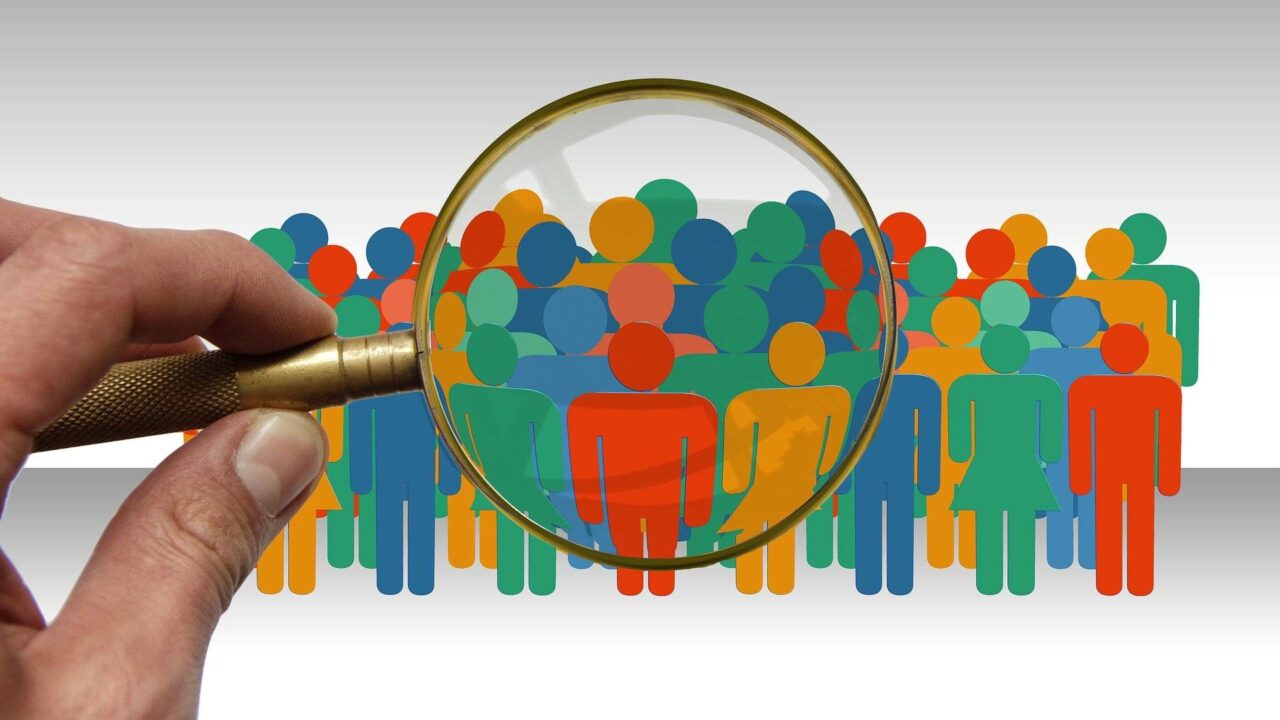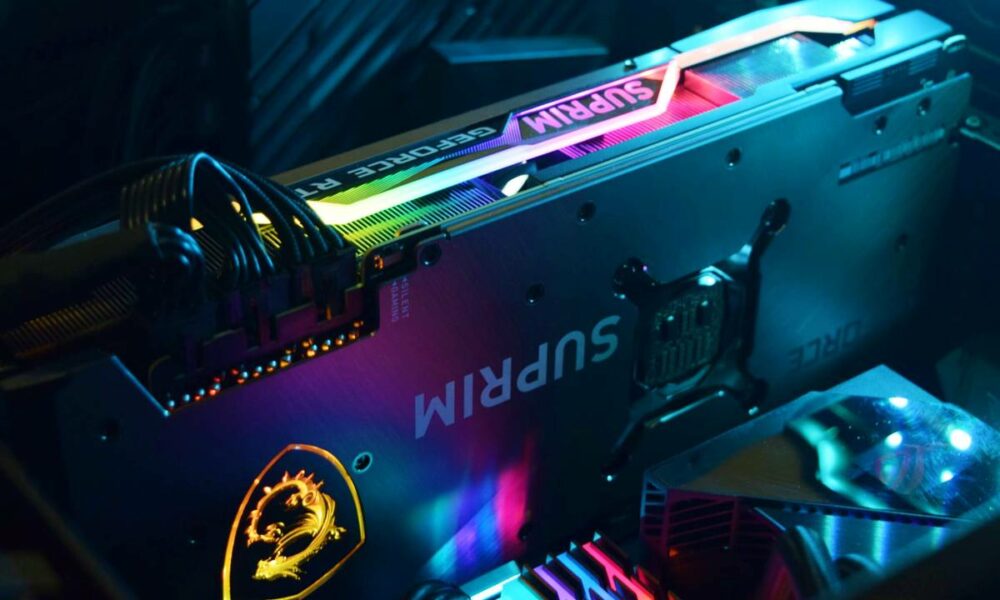No matter what field of science you work in, such as mathematics, nature, social or artificial sciences, you must conduct certain studies and experiments to prove that your claims really exist. The sine qua non of an experiment are the independent variable and the dependent variable. Dependent and independent variable terms Many of us met in math class, but these are concepts that are used in all fields of science.
Dependent or independent, these are variables by name. Because they have the ability to change both themselves and those they interact with. While some of them change as a result of interaction, some are changed by the scientist doing the experiment. The goal is simple, to prove a claim about these variables. What are dependent and independent variables, how to find them? Let’s look at the frequently asked questions with examples.
What are independent and dependent variables, how do you find them?
What is the independent variable?
What are the argument types?
Experimental independent variables
Example of experimental independent variables
Independent subject variables
Example of independent subject variables
How to find the independent variable?
What is the dependent variable?
Example of dependent variable
How to find the dependent variable?
Examples of dependent and independent variables

What is the independent variable?
It is the variable that is added to examine its effects in an experimental study. Independent variable, because it is unaffected by other variables added to the study. called independently. explanatory variables that explain an event or outcome, estimation variables used to estimate the value of the dependent variable, and variables used to the right of a regression equation; are examples of independent variables.
What are the argument types?
Experimental independent variables:
The independent variables manipulated directly by the scientist during an experimental study are called the experimental independent variable. Thanks to this direct manipulation changes on the dependent variable are observed. It can be applied on multiple levels to see how the dependent variable differs from the independent variable.
To get the most accurate results in an experiment, the participants were experimentally independent. variable groups must be randomly assigned. Random assignments allow you to control participants’ properties in a much healthier way. The dependent variable to be exposed to the experimental independent variable is also extremely important.
Example of experimental arguments:
A new drug has been found and its effect on patients with high blood pressure wants to be tested. Experimental independent variable, will reveal the variation between groups. The groups to be exposed to the experimental independent variable in this example are the low dose experimental group, the high dose experimental group and the placebo group.

Independent subject variables:
The main difference between the experimental independent variable and the independent subject variables is that the independent subject variables It cannot be manipulated by the scientist. For example, because the gender, ethnicity, race, income level, and educational status of participants in a social research experiment cannot be manipulated, they are considered independent subject variables.
It is not possible to randomly assign participants to groups consisting of independent subject variables. Because the characteristics of each participant and therefore the group are certain. In a study with independent subject variables, a different path must be followed and an evaluation made of the existing characteristics.
Example topic variable arguments:
You’re doing an experiment called quasi-experimental design because there’s no random assignment and your goal is: to see the effects of genders on babies’ crying. You have two sets of independent subject variables, male and female. You expose the dependent variable to these groups and evaluate its effects on traits that are already apparent. So if a baby cries, is the female effect better or the male effect? As a result of the evaluations, an answer to this question is sought.
How to find the independent variable?
To find the independent variable, first and foremost, must find all dependent and independent variables and you have to make a list. After you have determined all the variables, you can find out which one is the independent variable by asking the following questions;
- Is the variable manipulated by the researcher?
- Is the variable checked?
- Is the variable used as a method for grouping topics?
- Does the variable temporarily precede the next variable?
- Does the researcher look at whether the variable influences another variable?
- Does the researcher look at how the variable affects another variable?

What is the dependent variable?
The variable that differs in an experimental study due to the effects of the independent variable is called the dependent variable. Because it depends on the independent variable It is called the dependent variable and it is the variable that gives the desired result as a result of the experiment.
response variables that respond to a change in another variable, outcome variables that indicate the outcome you want to measure, variables used on the left side of a regression equation; are examples of dependent variables.
The dependent variable is exactly what you commit after you make changes to the independent variable. About all these registered measurement data Statistical analyzes are made to clarify whether the independent variable influences the dependent variable, and if so, how and to what extent.
Try different versions of arguments when you have enough evidence. how and to what extent it affects the same independent variable you can see clearly. The richer the versions of the independent variable are, the greater the differences in the dependent variable will be.
Example of dependent variable:
You conduct an experiment that shows the relationship between students’ math test scores and room temperature. The independent variable in this experiment is room temperature. Some students are placed in a cold room and some in a warm room. The dependent variable is math test scores. The performance of all participants according to several independent variables, namely temperature, is measured and the effect on the dependent variable, namely grades, is checked.
How to find the dependent variable?
To find the dependent variable, you must first find and list all the dependent and independent variables in the research experiment. After detecting all variables You can find out which is the dependent variable by asking the following questions;
- Is the variable measured as a result of the research?
- Does the variable depend on another variable in the study?
- Is the variable measured after all variables in the run have been changed?
Examples of dependent and independent variables:
- Experiment: Under what type of light tomatoes grow faster.
- Independent Variable: The type of light in which the tomato was grown.
- Dependent variable: Growth rate of tomato.
- Experiment: What is the effect of intermittent fasting on blood sugar?
- Independent variable: presence and absence of intermittent fasting.
- Dependent variable: blood sugar level.
- Experiment: Does remote working satisfy employees?
- Independent variable: Work environment.
- Dependent variable: Employee satisfaction
Basics of Scientific Research Experiments What are dependent and independent variables, how to find them? We have explained the types of variables with examples by answering frequently asked questions. Variable definitions can be detailed differently in different disciplines, but we have tried not to drown in technicalities to be much more understandable in our article. You can share your thoughts on the topic in the comments.
















